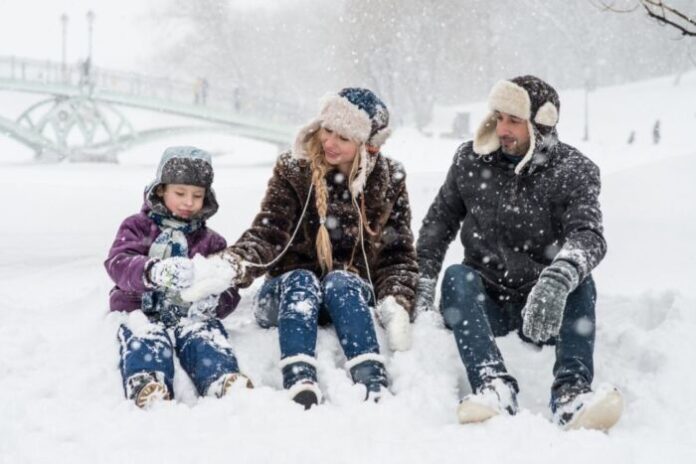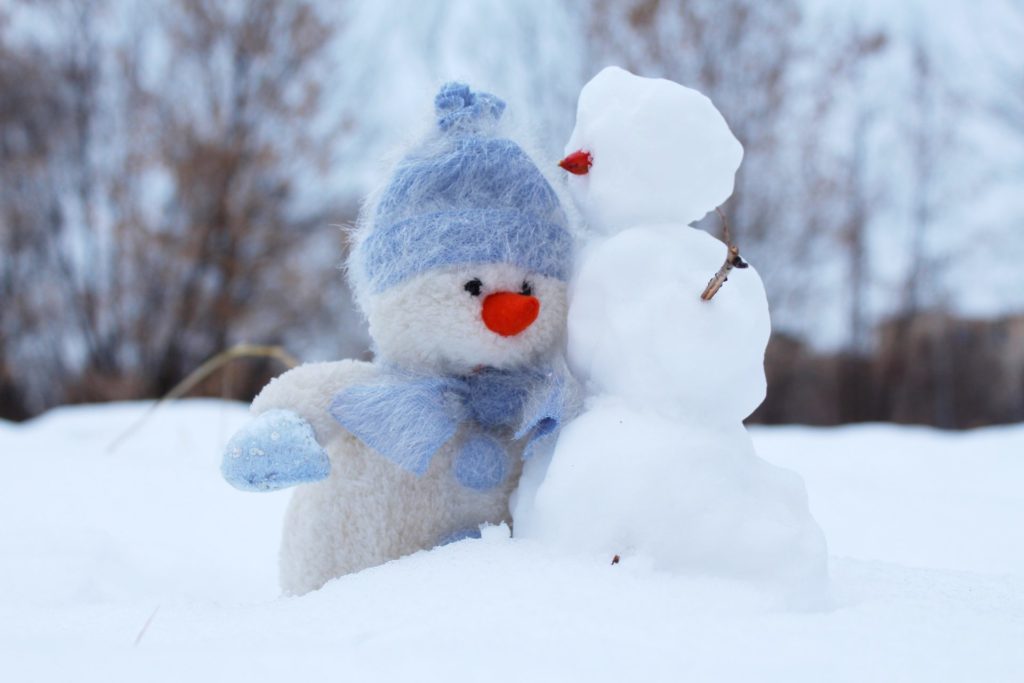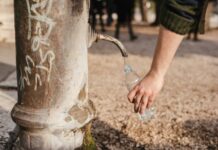
Excessive cold can pose a threat to health, especially for the elderly and people with chronic illnesses. Here is a guide to protect yourself from cold weather. When the outside temperature drops, our body activates thermoregulation mechanisms to maintain the thermal balance of the body with the external environment. In situations of intense cold, in addition to cutaneous vasoconstriction that reduces the dispersion of heat outside, there is an acceleration of the cardiac rhythm.
It also increases internal heat production (thermogenesis) by increasing skeletal muscle activity (involuntary chills or voluntary physical activity) and increasing cellular metabolic processes that transform the body’s fat and sugar reserves into energy available to the body itself. Therefore, an adequate dietary intake this season is essential to help us meet the increased metabolic demands of the body necessary to increase internal heat production.
Generally healthy individuals adapt quickly to changing temperatures and can withstand the cold winter weather. The effects of cold on health occur when the ability of the human body to adapt to low temperatures is reduced by certain factors, such as age, the presence of chronic diseases, medication, lack of adequate shelter (see Recommendations for at-risk subgroups) . Health effects can occur immediately after exposure or, as in the case of respiratory infections, even with several days of latency.
When the thermometer drops, low temperatures can cause the following health risks:
- Onset of cold diseases: chilblains, frostbite, hypothermia.
- Aggravation of chronic diseases: cardiovascular diseases, in particular heart disease, and respiratory diseases, such as asthma in children and chronic bronchopathies (COPD) in the elderly.
- ncreased risk of myocardial infarction and stroke. Exacerbation of the symptoms of some rheumatic diseases.
- Increased risk of infections, in particular of respiratory infections such as pneumonia and influenza (following a modification of the local immune defenses to pathogens caused by exposure of the first respiratory tract to cold).
- Increased risk of domestic accidents, caused by malfunctioning or poor maintenance of heating systems.
- Increased risk of trauma due to frozen ground and road accidents.

Among the people most at risk are children and the elderly. Newborns and infants have an immature thermoregulation system and disperse heat quickly. Cold can increase susceptibility to intestinal and respiratory infections even in older children. The elderly have a reduced response from the thermoregulation system and a lower perception of cold; the very elderly are at greater risk, not self-sufficient, with a chronic illness, with financial difficulties or living in inadequately heated homes.
When you are outside you have to to use some precautions to protect yourself from the cold:
- Use clothing with comfortable multi-layer clothes (the air between one layer and another helps to retain body heat) and wear a waterproof jacket or coat especially in the presence of wind, rain or snow. If clothes get wet, change to dry clothes as soon as possible.
- Wear a hat and always cover your nose and mouth with a scarf to reduce the risk of respiratory infections and to avoid losing body heat.
- Use gloves to protect your hands; in particular, in people suffering from Raynaud’s syndrome, gloves can help prevent the onset of painful symptoms.
- Wear a pair of waterproof shoes with non-slip soles and pay attention to the danger of falling, especially in the presence of ice.
- In the event of snow, watch out for ice sheets that can come off the eaves of buildings or the collapse of tree branches under the weight of snow.
- Protect your skin from dryness and irritation by using moisturizing creams; particularly effective are those with a high content of alpha hydroxy acids (fruit acids); also protect the lips with a specific balm.

Even at home you need to adopt small rules to prevent the cold:
- Regulate domestic heating to the optimal values, heating all the rooms where you and your family spend the day and, before going to sleep, heats the bedrooms.
- During a cold spell, it prolongs the switch-on time if possible while it is not advisable to further raise the thermostat temperature.
- Prevent the air to become excessively dry (especially if there are people suffering from respiratory diseases such as bronchitis and asthma) with a humidifier or by placing water containers on radiators.
- In winter it is important to open the windows from time to time (during the hottest hours) to favor the exchange of air necessary to disperse dust and microbes and reduce the risk of infections. Pay attention to ventilation if you use a stove or a fireplace.
- Avoids heat dispersion by isolating doors and windows well, for example by using insulating materials, shutters, curtains, ensuring adequate air exchange in the hottest hours.
What is better to eat when it’s cold? First of all, you must drink at least 2 liters of liquids a day, unless otherwise advised by a doctor. Prefer drinks and hot foods that help meet the increased energy and heat requirements for our body. Even in winter it is important to have a healthy diet with 5 portions of fruit and vegetables a day, to take vitamins and mineral salts useful to defend yourself from the dangers of the cold. In particular, foods containing beta carotene such as oranges, mandarins, khaki, carrots, squash, potatoes, spinach, artichokes, broccoli, cauliflower and those containing vitamin E, capable of stimulating immune defenses such as almonds, hazelnuts, are recommended extra virgin olive oil etc. If possible, prefer seasonal fruits and vegetables. Avoid drinking alcohol because they can cause excessive dispersion of the heat produced by the body and favor the onset of cold diseases.






































